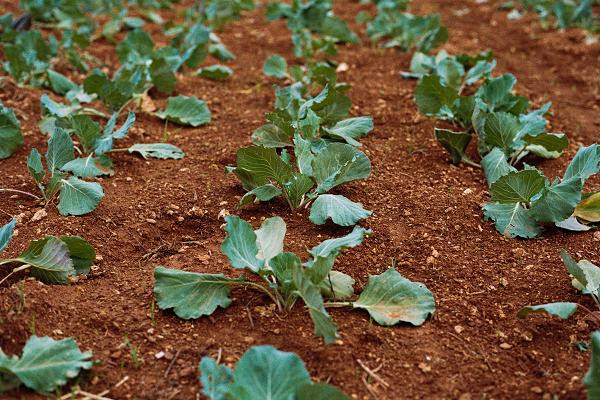Pest management in vegetables and forage brassicas – May 2020
13 May 2020Egg-laying by cabbage root fly is now underway and will be exacerbated by the warm sunny weather, so any uncovered crops will be at risk.
With the removal of chlorpyrifos (with the exception of gantry sprays on brassica plants), options available for cabbage root fly control are limited to cyantraniliprole as a module drench to broccoli/calabrese, brussels sprout, cabbage, cauliflower and also as a treatment to crops in the field such as brussels sprout, cabbage, cauliflower, broccoli, turnip and swede. Note that no more than two applications of a cyantraniliprole product should be applied to a crop in any season and avoid spraying within 5 m of the field boundary to reduce effects on non-target insects.
Crops that can receive a foliar drench treatment such as cabbage, cauliflower and calabrese and forage kale should be treated with a drench by mid-May to prevent root damage by root fly grubs, with subsequent treatments timed to coincide with second-generation root fly egg-laying later in the season.
If flea beetle damage is occurring to emerging crops, then a pyrethroid insecticide treatment can be used. If it rains this will keep the beetles off plants as they prefer drier conditions.
Carrots
Carrot flies are laying eggs in crops now. Crops that were sown with seed treated with Force ST (tefluthrin) will be protected from this first generation of carrot fly grubs (EAMU 20191619).
Sign up to the FAS newsletter
Receive updates on news, events and publications from Scotland’s Farm Advisory Service

